Introduction
Most scholars today would point to Brown as the most important case that ever came up before the Supreme Court in the preceding century. And this is rightly so. Why? Because it changed forever the social, political, and economic landscape of the U.S. It did this not only by means of its specific legal mandate of ending school segregation by vanquishing that bogus concept of "separate but equal" established by Plessy v. Ferguson, but also by catalyzing the Civil Rights Movement (CRM). Now, I know that the ignorant in this country tend to think of the CRM as a step backward that blacks forced this country to undergo. But, as I have just said, they are ignorant. Think about this: the CRM is one of those major steps that this country has had to undergo in its long--and as yet unfinished--journey toward a just and democratic society (other steps include the War of Independence and the Civil War). And justice and democracy benefits all, including the ignorant! Consider, in this vein, the following examples that readily come to my mind that we can associate with the CRM:
The CRM helped to institutionalize (not invent) the principle that in a democracy, the citizenry can take to the streets (by means of boycotts, sit-ins, marches, etc.) and call upon their political leaders to heed their demands. This principle would later be used effectively by the Anti-Vietnam War Movement.The CRM has helped to create a legal and political environment in which the Bill of Rights enshrined in the Constitution is taken more seriously, than before.
The CRM helped to refocus, on an unprecedented scale, some of the energy of the government on taking care of the interests of the working classes as a whole, rather than being almost exclusively concerned with the interests of the rich.
The CRM helped to reignite the women's movement which was almost dead after women had succeeded in their struggle to gain the right to vote. As a result, opportunities in public life (in terms of education, jobs, elected offices, etc.) exploded for women; and at the same time forced society to pay greater attention to the issue of women's human rights (freedom from sexual violence, etc.)
The CRM helped to precipitate movements for civil rights of other racial/ ethnic minorities (Hispanics, Native Americans, etc.)
The CRM has helped to create a political, economic and social environment in which society as a whole has the potential to reap enormous benefits arising out of OPTIMUM contributions of intelligence, talent, skills and energy from huge sections of the population (women, the white working class, and racial minorities), that was not available before.
The CRM helped to raise the stature and leadership potential of the U.S. on the world stage as the U.S. moved in the direction of upholding democratic principles long enshrined in the constitution.
The CRM has helped to create a social and political environment in which the potential for violent, internal, self-destructive conflagrations based on race and ethnicity (of the type we have witnessed in such places as Liberia, Rwanda, Sudan, Kosovo, Bosnia, and East Timor in recent years), has been greatly reduced.
All in all, the CRM was a great thing
for justice and democracy in this country, the beneficiaries of
which are
all of us (including the ignorant). Of course, CRM was just a
step, albeit an important step, in the long and yet unfinished march
toward racial equality and social justice. Much work still remains to be
done. (Question: what would a capitalist society look like in which
racism/ethnicism did not exist?) Anyhow, coming back to Brown: without Brown,
it is quite
possible that the CRM would not have emerged at the time and in the manner it did. So, you need to
know something
about Brown. The following comprises material that will
help you
understand what Brown was about and how the case arose.
Additionally, there is also a summary of a Harvard University research report that shows that many of the educational gains made as a result of Brown are now being rolled back under the continuing pressures of white racism as it marches to the beat of the identity politics of "whiteness" (and, most bizarrely, supported by the identity politics of "blackness," as well as black conservatism--who said that the oppressed are immune from ignorance). You must study all items below, as assigned in your class proceedings schedule.
One (Civil War and
the U.S. Constitution--including
13th, 14th, and 15th Amendments)
Two (Dred
Scott v. Sandford)
Three (Institutionalized
Segregation--Including
Plessy
v. Ferguson-)
Four (Biography:
Charles Hamilton Huston)
Four (a) (Biography:
Thurgood Marshall)
Four (b) (Biography: Jack Greenberg)
Four
(c) (White Supremacy and the Law: The Legal Battles as a Prelude to Brown)
Five (Brown v.
Board of Education)
Five (a) (Brown v.
Board of Education--Full Details of the Case)
Five (b) (Film: Simple Justice--Docudrama-)
Six (The Civil Rights Movement)
Six (a) (A Multiracial
Society with Segregated
Schools: Are We Losing the Dream?)
Seven (Fifty Years after
Brown--Interview
with Professor Derrick Bell-)
Seven(a) (Comprehending Brown and the Post-Brown Era: Critical Race Theory as a Tool of Analysis)
Seven(b) (Professor Derrick Bell and CRT-)
Seven(c) (Professor Derrick Bell on Racism)
Eight (Documentary
film Beyond Brown: Pursuing
the Promise)
Eight (a) (Transcript of the
film Beyond Brown: Pursuing
the Promise)
Nine (The NAACP Legal Defense Fund Today--Still Going Strong)
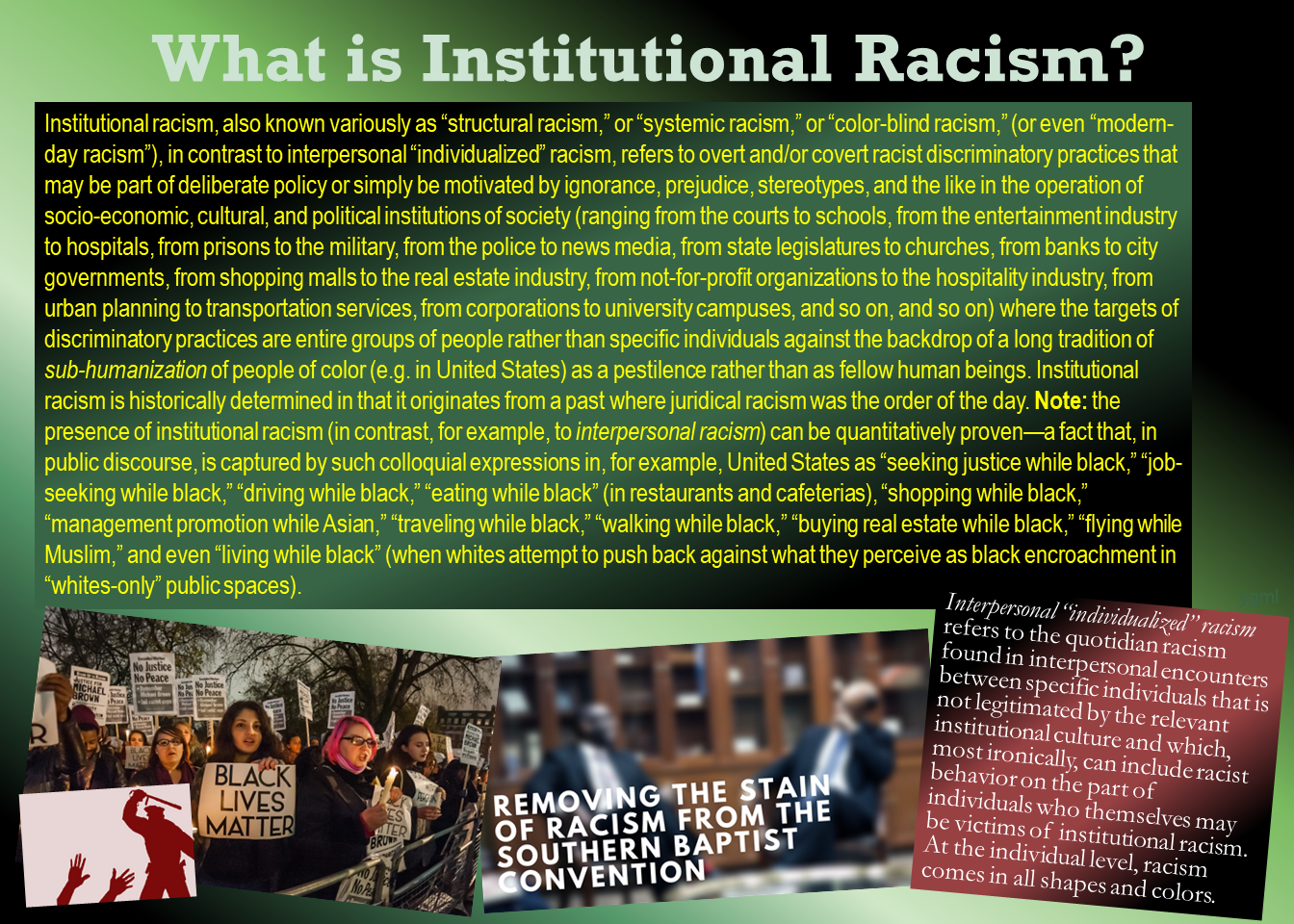
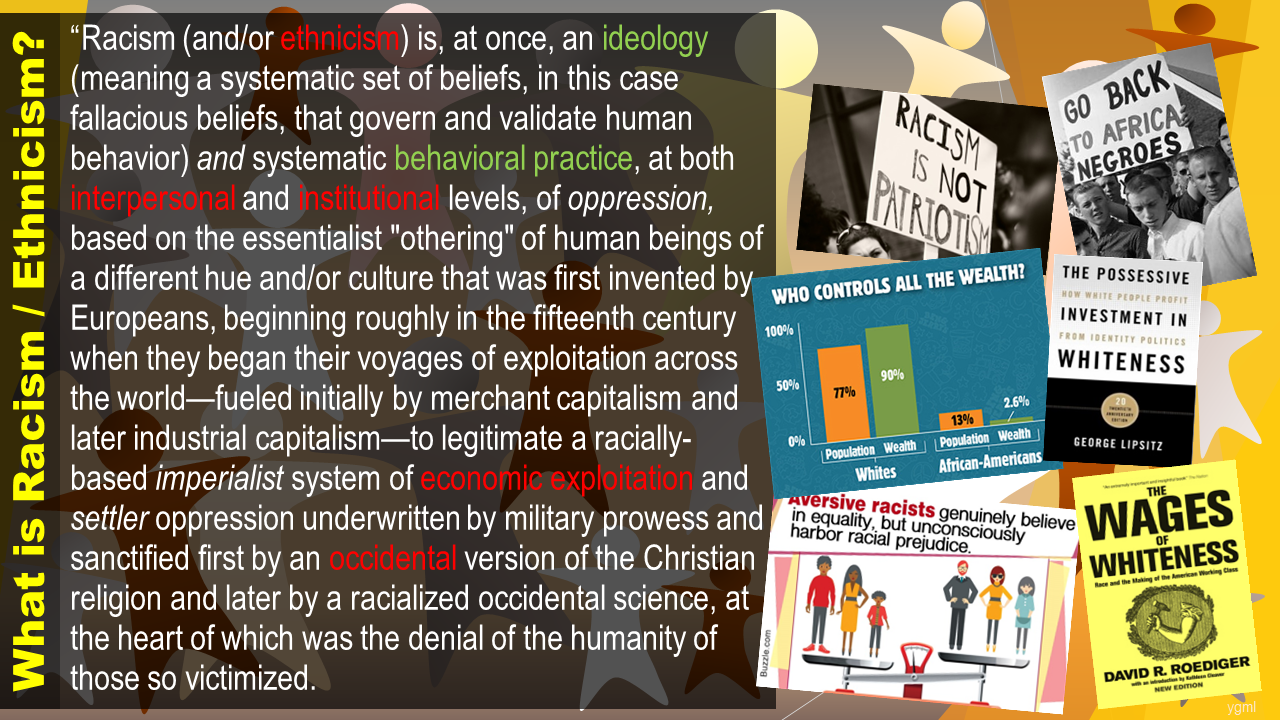
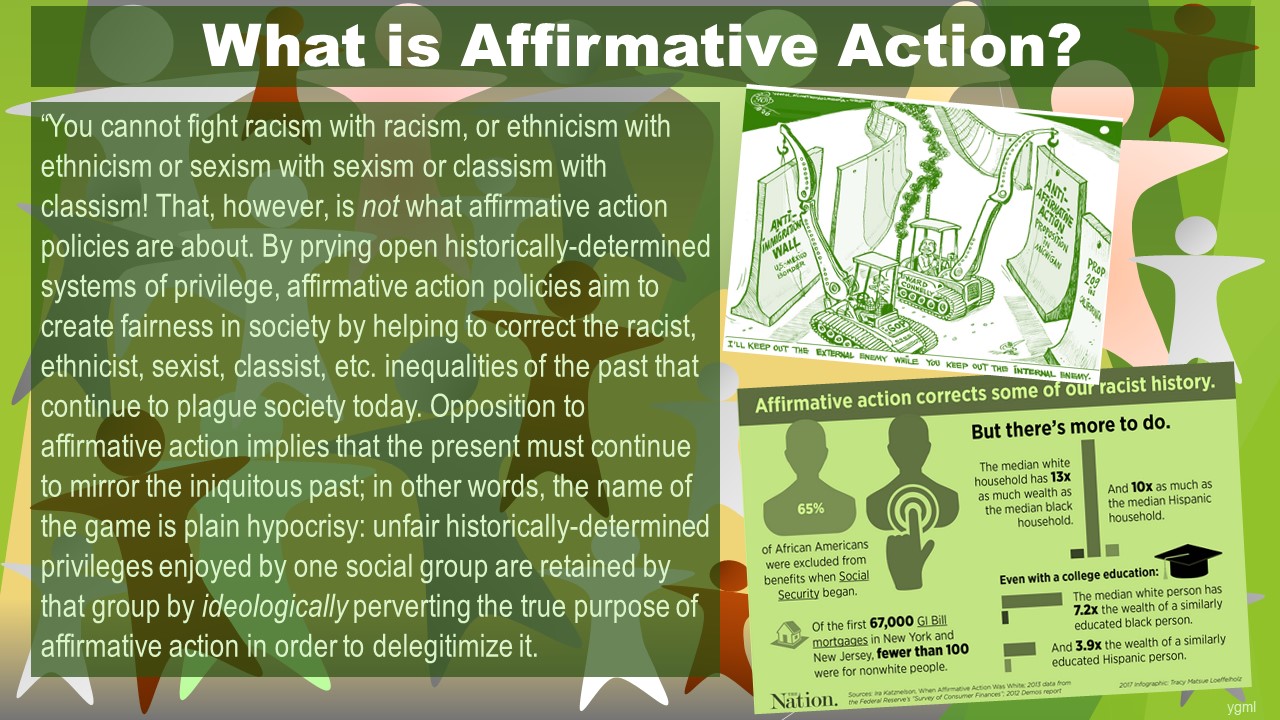
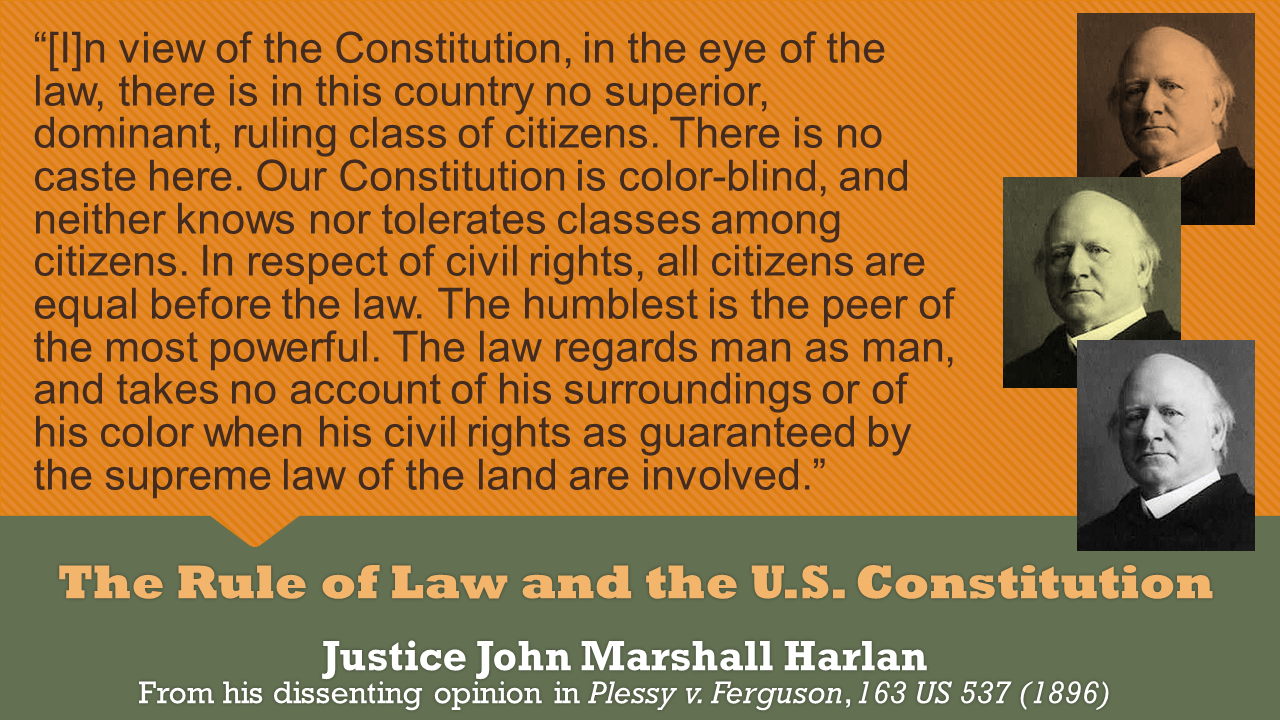
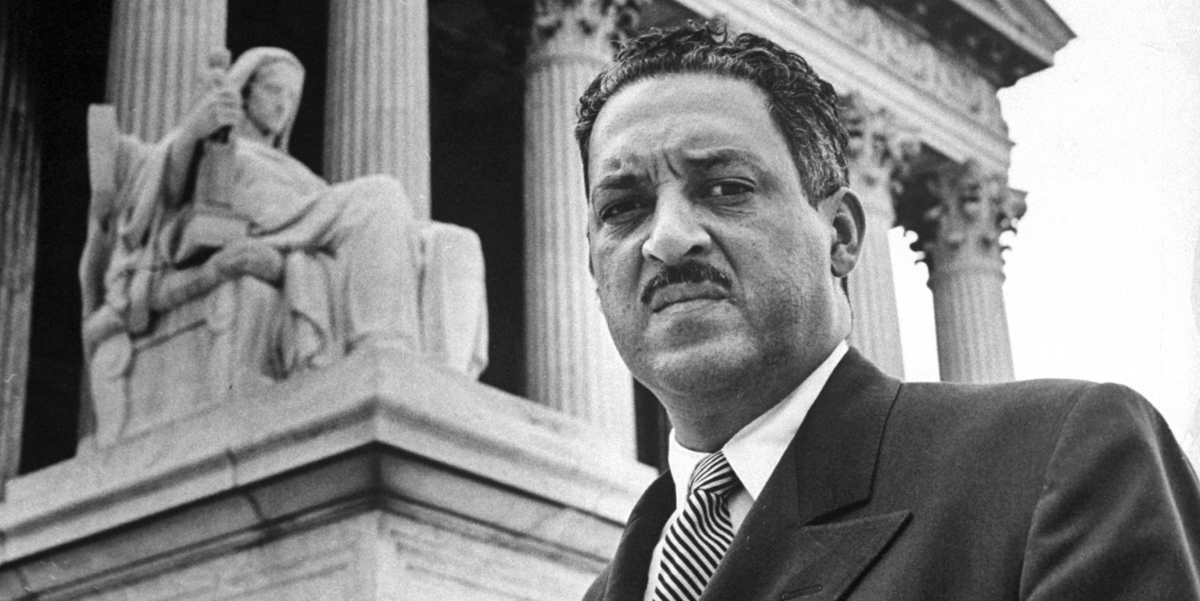
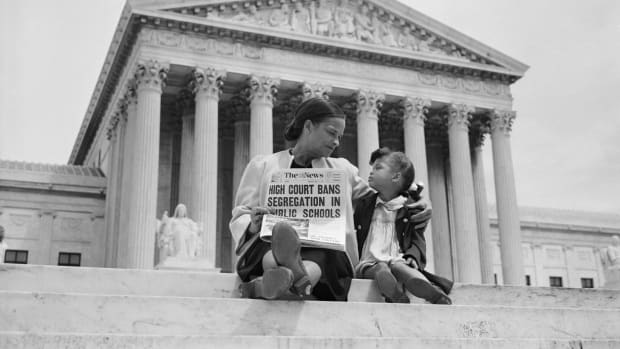
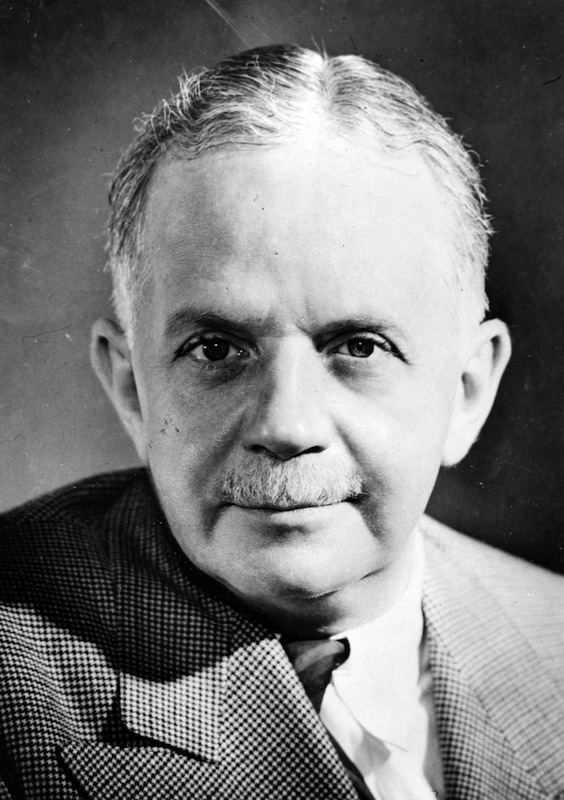
Walter White--Head of the NAACP from 1931-1955
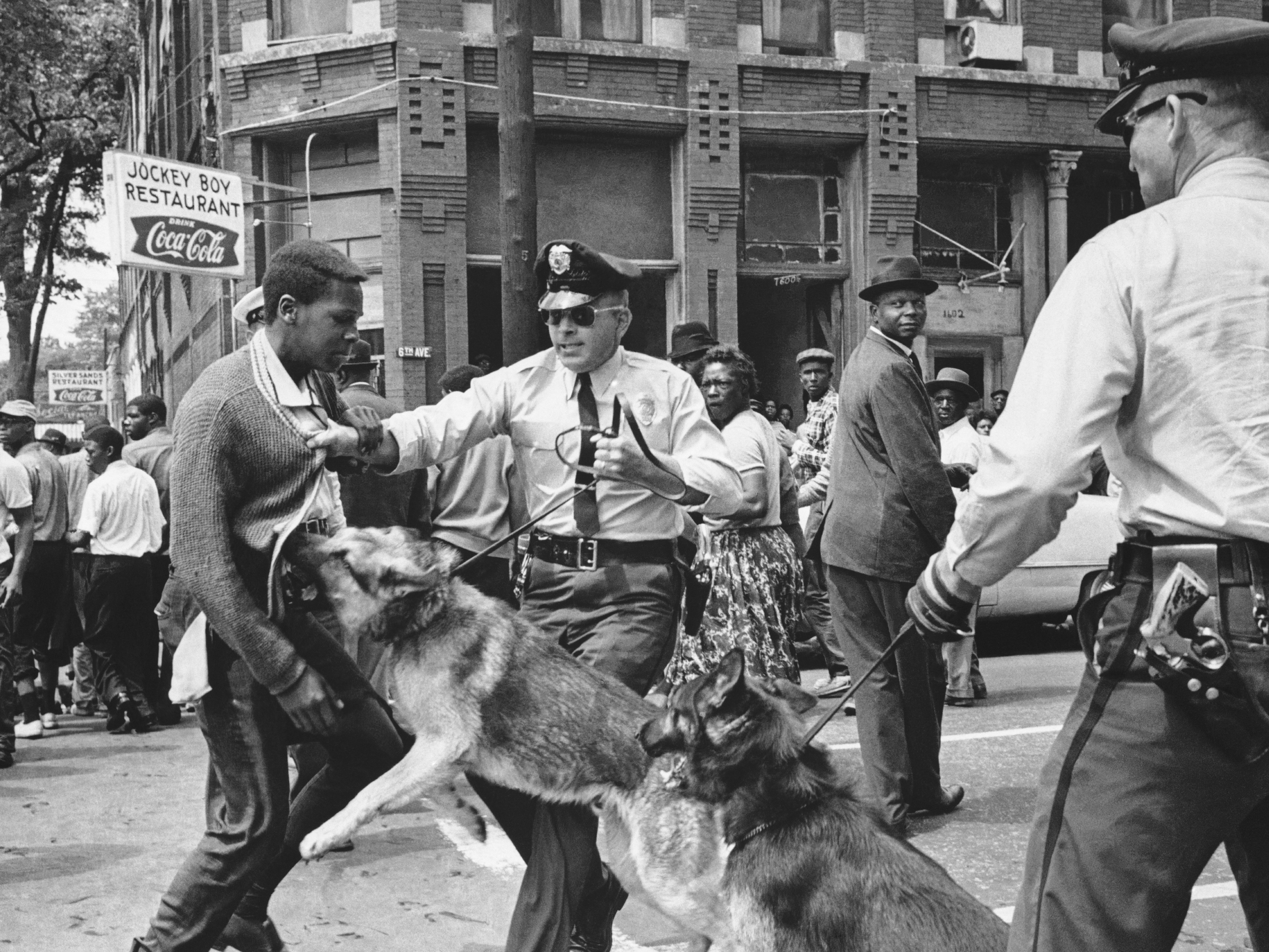
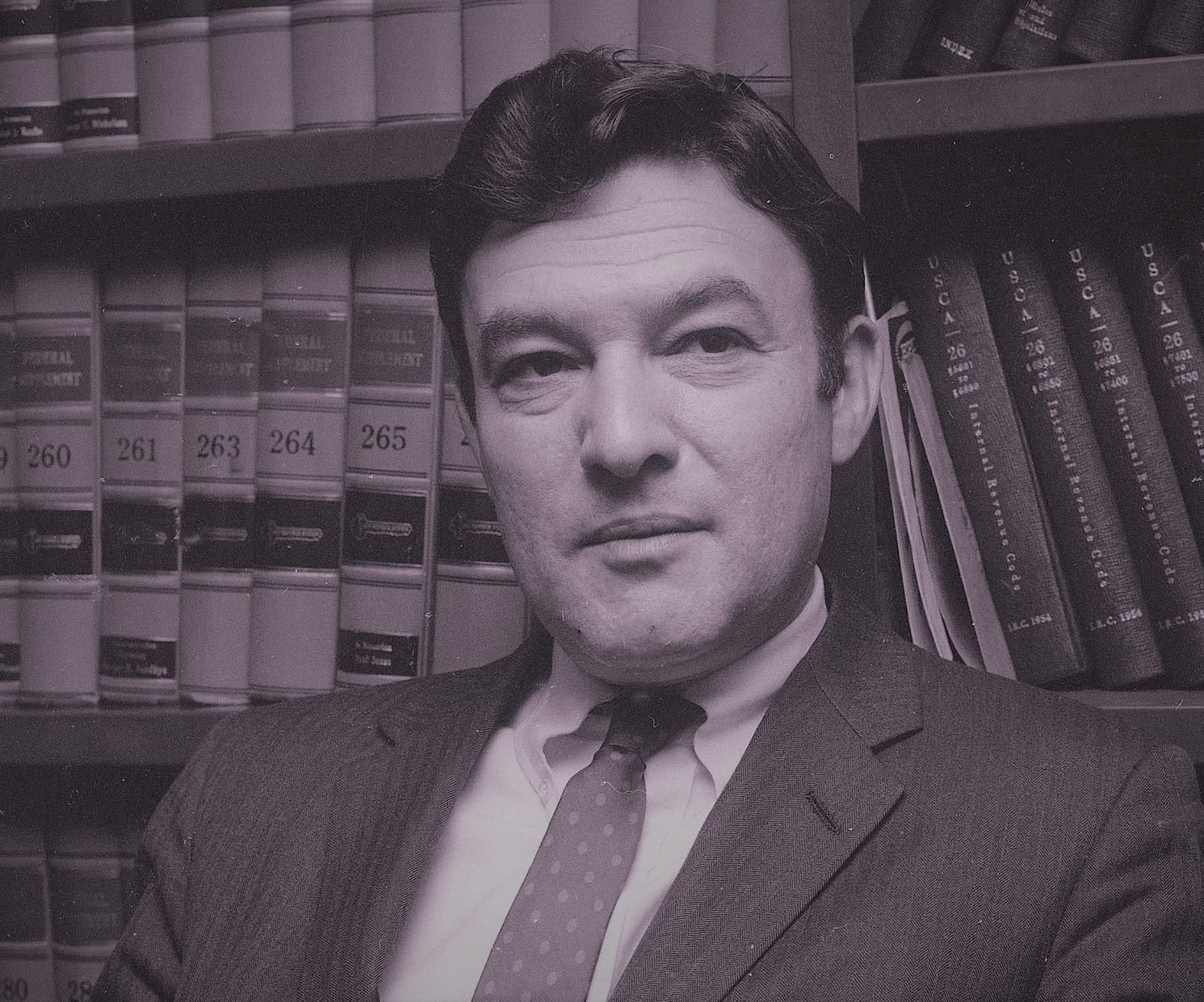
Jack Greenberg, Head of the NAACP Legal Defense Fund from 1961 to 1984.
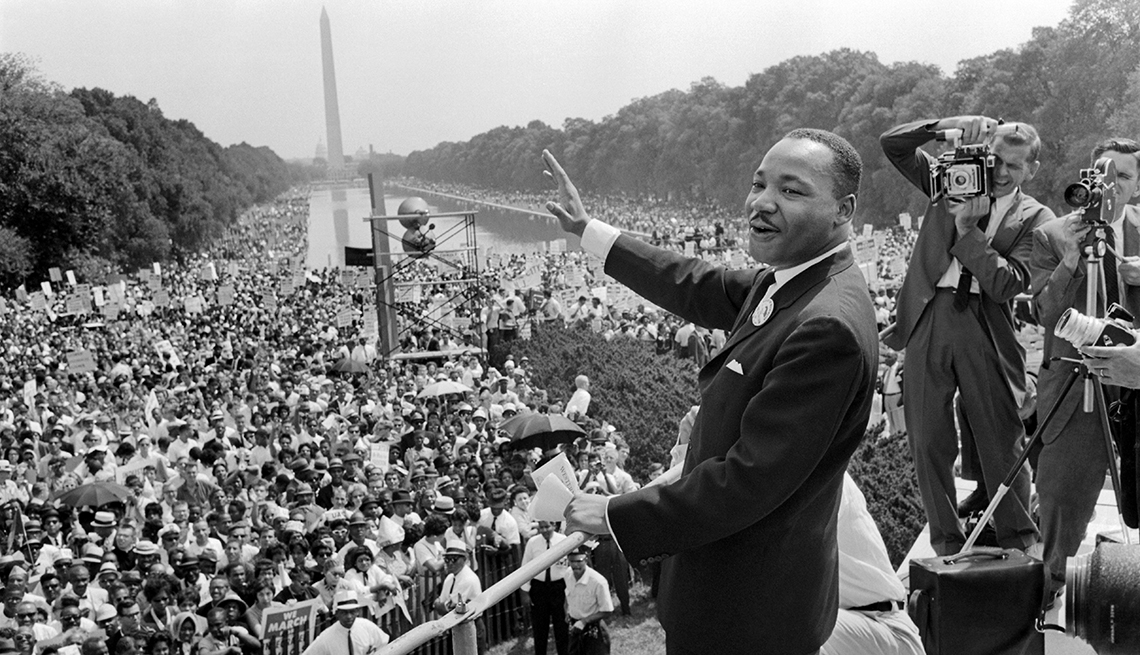
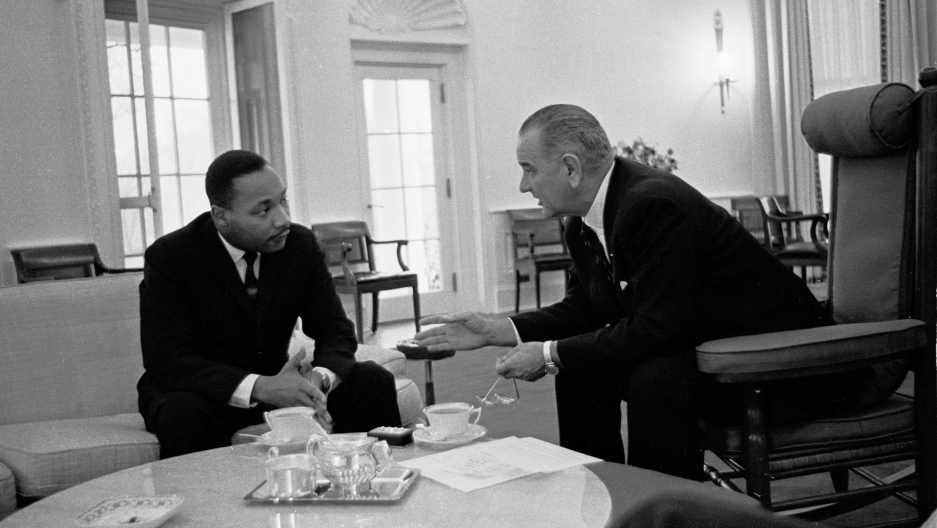
MLK with LBJ at the White House
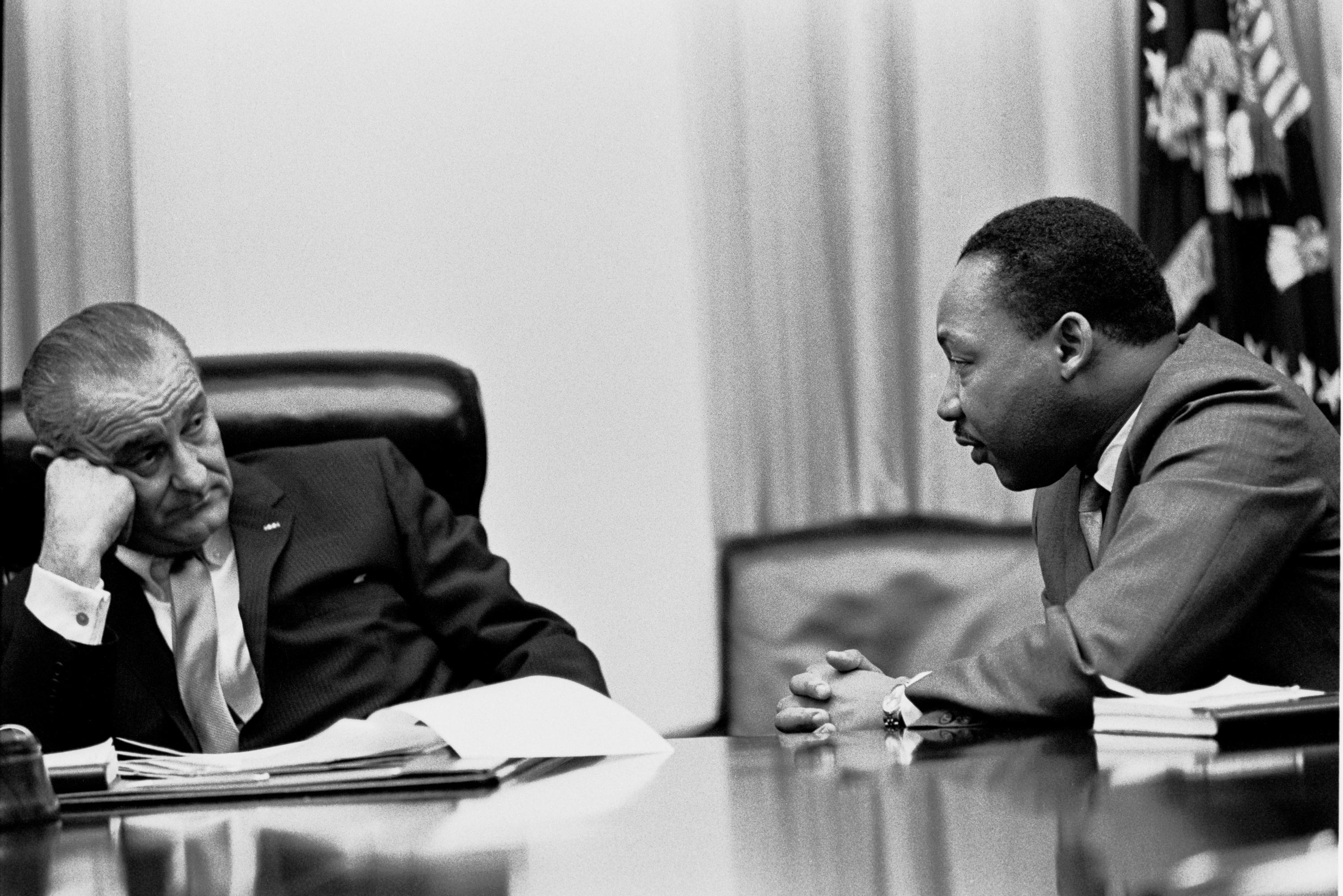
President Lyndon Baines Johnson with Martin Luther King, Jr.